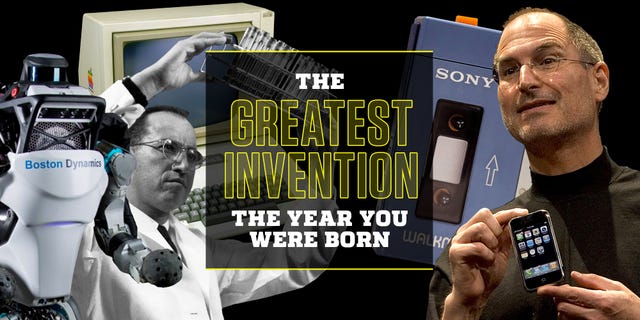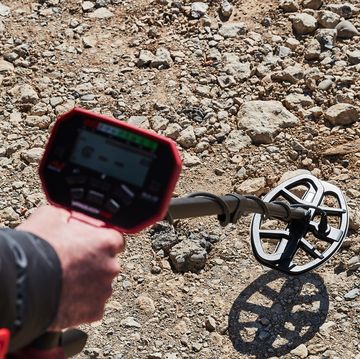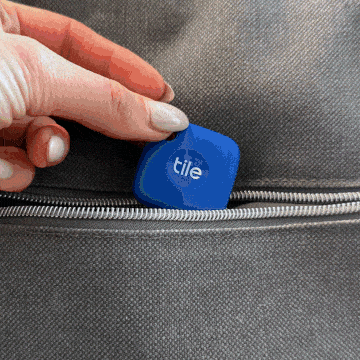1954: Microwave Oven
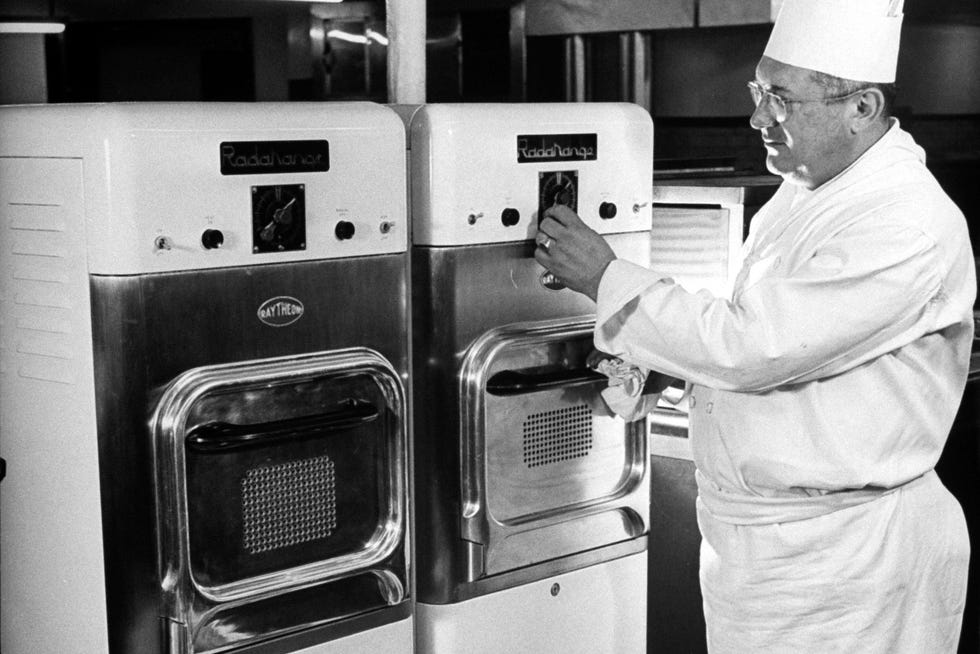 Bettmann//Getty Images
Bettmann//Getty ImagesIn 1945, Raytheon’s Percy Spencer stands in front of a magnetron (the power tube of radar) and feels a candy bar start to melt in his pocket: He is intrigued. When he places popcorn kernels in front of the magnetron, the kernels explode all over the lab. Ten years later Spencer patents a “radar range” that cooks with high-frequency radio waves; that same year, the Tappan Stove Co. introduces the first home microwave model.
PLUS: Scientists Are Testing a Mind-Blowing Time Theory in a Nuclear Reactor
1955: Polio Vaccine
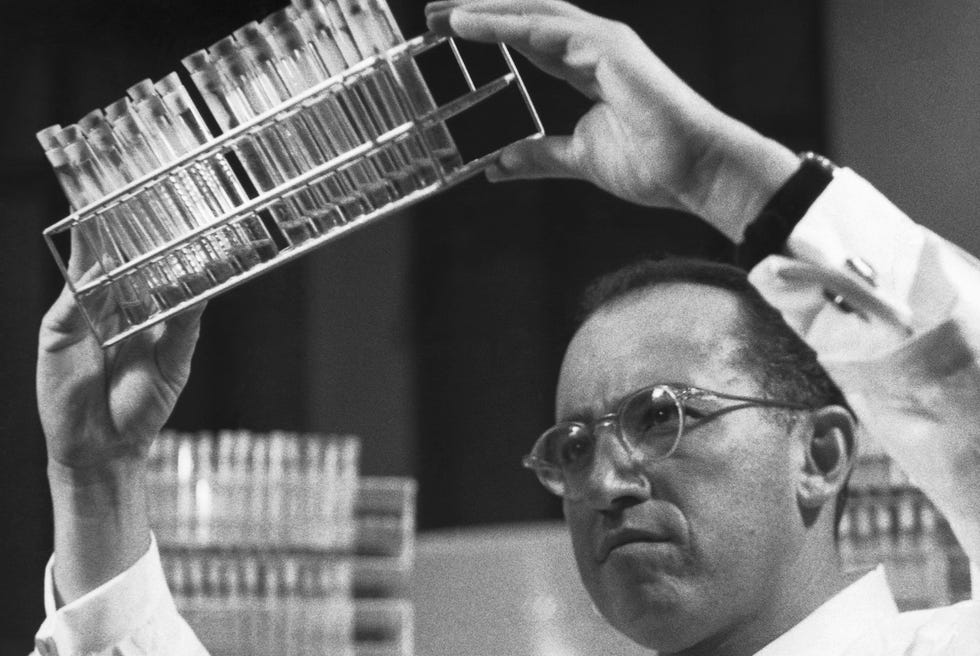 Bettmann//Getty Images
Bettmann//Getty ImagesThe year Jonas Salk finds a way to prevent polio, there are 28,985 global cases; by 2021, the number drops to six.
Honorable Inventions: Velcro, TV remote control
1956: Hard Drive
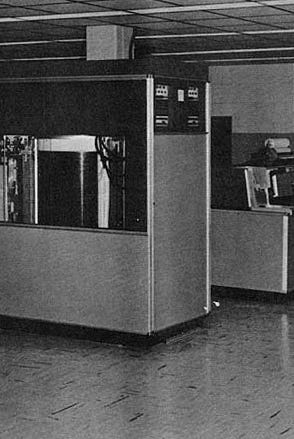 U. S. Army Red River Arsenal//Wikimedia Commons
U. S. Army Red River Arsenal//Wikimedia CommonsIBM releases the first computer hard disk drive, the 2,000-pound-plus, refrigerator-size IBM 305 RAMAC, which introduces magnetic disk storage. Up until then, files were either kept on spools of magnetic tape or on good old-fashioned paper, with no way to jump right to the record you wanted to pull up. With the RAMAC, a mechanical arm would retrieve data by storing data at a particular magnetic orientation. This technology goes on to be used (at a smaller size) in laptops and computer servers everywhere.
Advertisement - Continue Reading Below
1957: Birth Control Pill
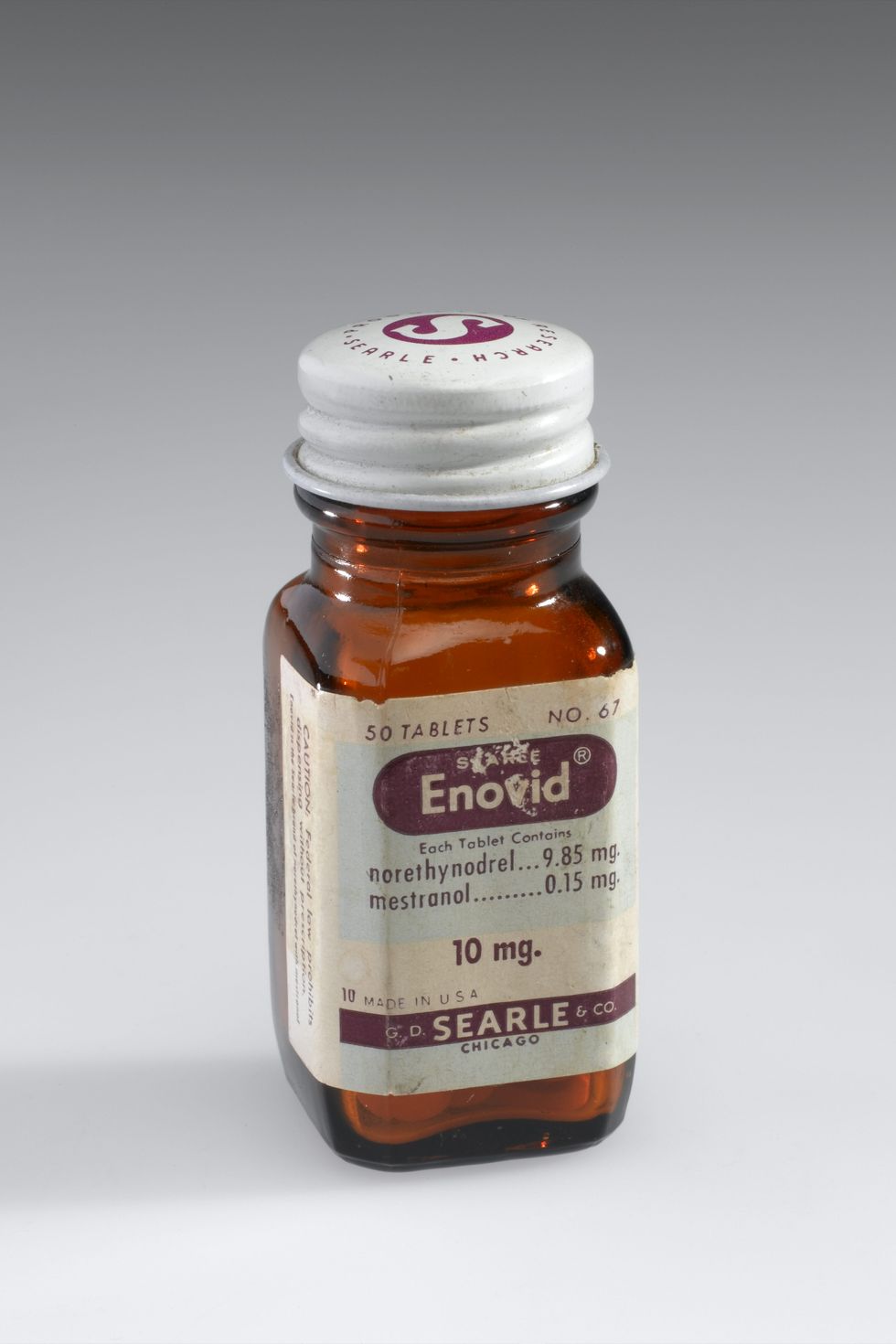 Science Museum//Getty Images
Science Museum//Getty ImagesEnovid, a drug the FDA approves for menstrual disorders, comes with a warning: The mixture of synthetic progesterone and estrogen also prevents ovulation. Two years later, more than half a million American women are taking Enovid—and not all of them have cramps. In 1960 the FDA approves Enovid for use as the first oral contraceptive.
Honorable Invention: Three-Point Seat Belt
PLUS: Humans Could Live to Be 150, Science Says
1958: Jet Airliner
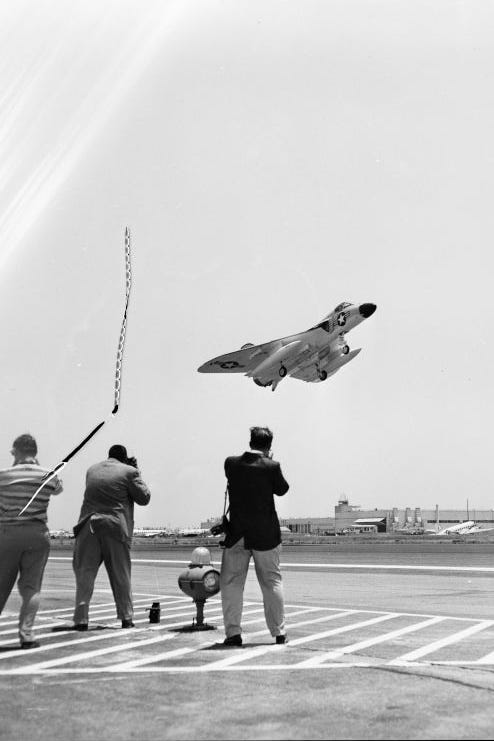 University of Southern California//Getty Images
University of Southern California//Getty ImagesThe Boeing 707-120 debuts as the world’s first successful commercial jet airliner, ushering in the era of accessible mass air travel. The four-engine plane carries 181 passengers and cruises at 600 mph for up to 5,280 miles on a full tank. The first commercial jet flight takes off from New York, and lands in Paris; domestic service soon connects New York and Los Angeles.
Honorable Invention: Laser Beam, Super Glue
1959: Integrated Circuit
 Bettmann//Getty Images
Bettmann//Getty ImagesThe first general-purpose computer, the nearly 30-ton ENIAC (1947), contains 18,000 vacuum tubes, 70,000 resistors, and 10,000 capacitors. In 1959, the integrated circuit puts those innards on one tiny chip.
Honorable Invention: Float Glass
Advertisement - Continue Reading Below
1960: Pacemaker
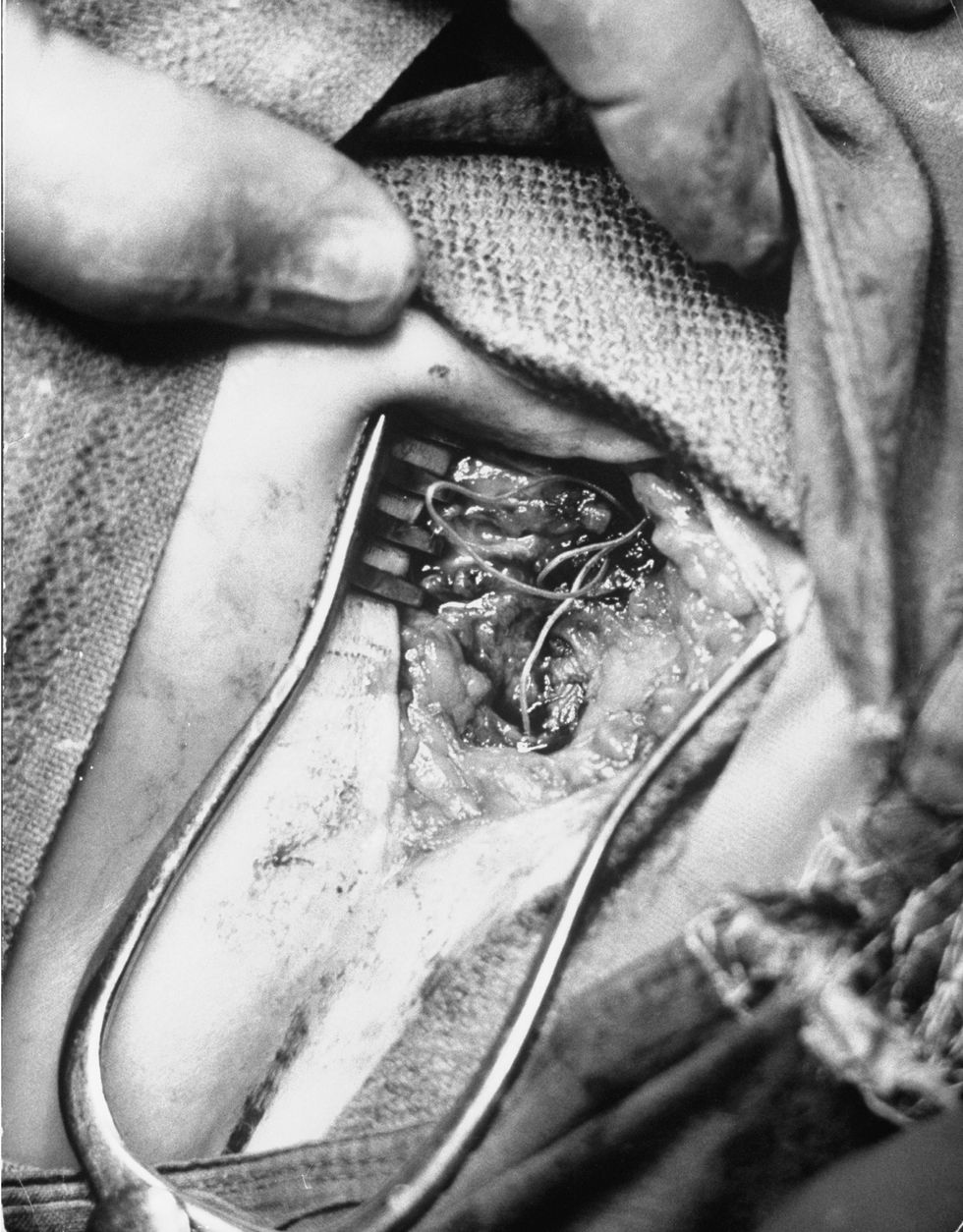 Yale Joel//Getty Images
Yale Joel//Getty ImagesIn 1956, Wilson Greatbatch grabs the wrong resistor and connects it to a device he is building to record heartbeats. When the circuit emits a pulse, he realizes the device can be used to control the beat; in 1960 the first Pacemaker is successfully implanted in a human.
PLUS: Can Science Cure Death? It Sure Looks Like It.
1961: Cordless Tools
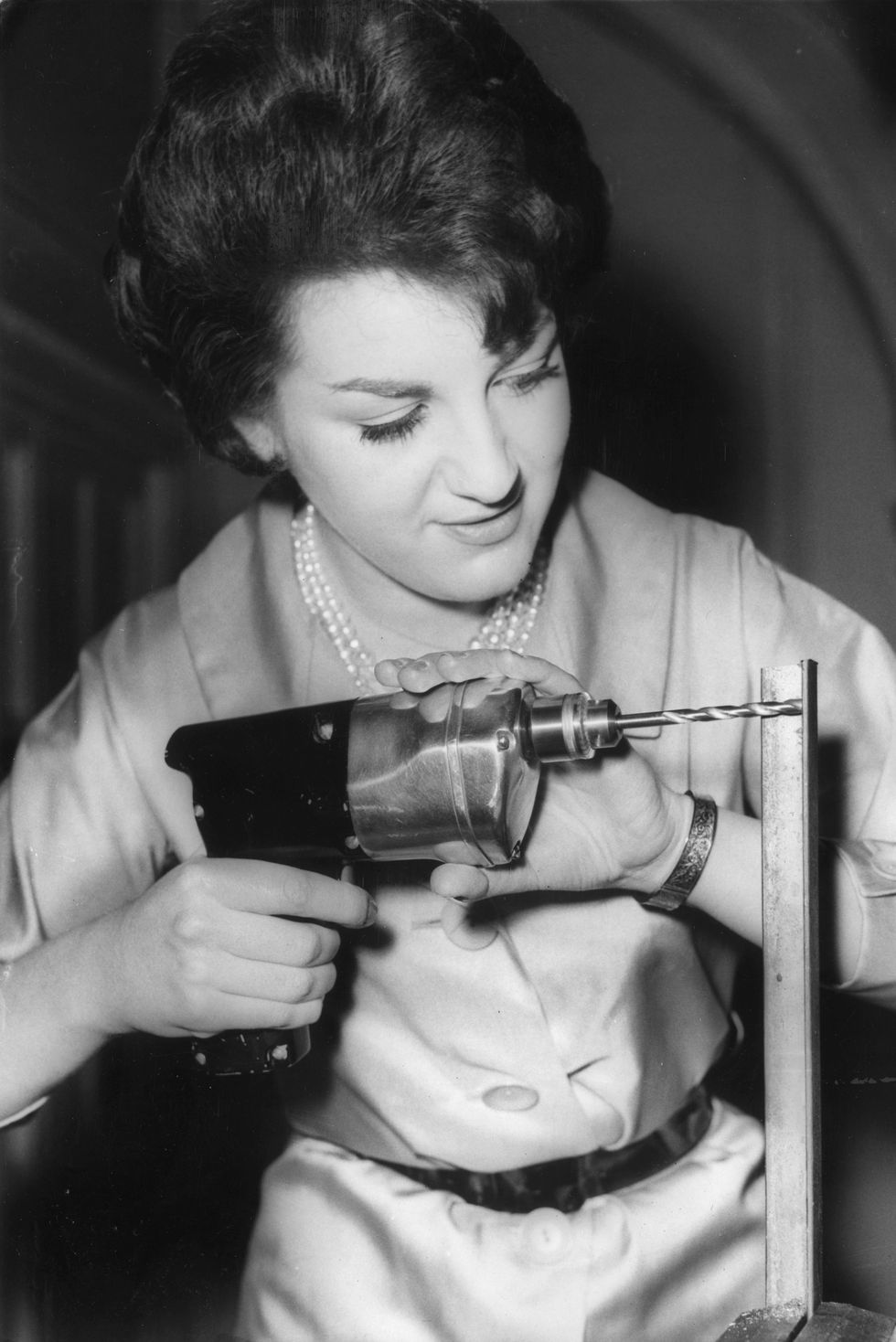 John Franks//Getty Images
John Franks//Getty ImagesBlack and Decker releases its first cordless drill, but designers can’t coax more than 20 watts from its NiCd batteries. Instead, they strive for efficiency, modifying gear ratios and using better materials. The revolutionary result puts new power in the hands of DIYers and—thanks to a NASA contract—the gloves of astronauts.
Honorable Inventions: Industrial Robot, Carbon Fiber Composites
1962: Communications Satellite
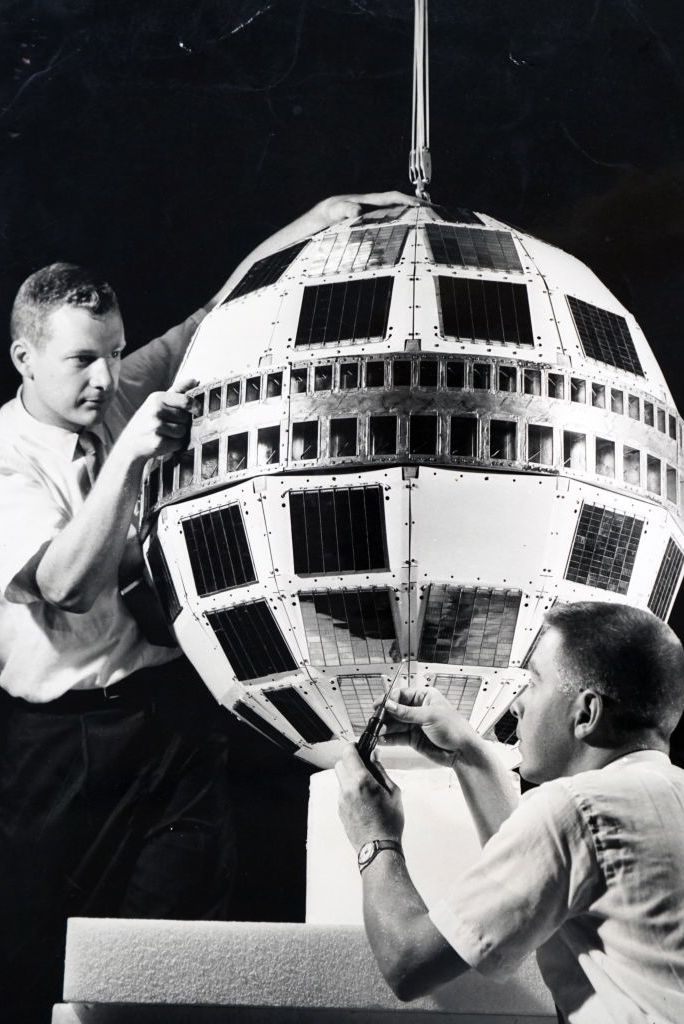 Universal History Archive//Getty Images
Universal History Archive//Getty ImagesTelstar is launched as the first “active” communications satellite—active as in amplifying and retransmitting incoming signals, rather than passively bouncing them back to Earth. Telstar makes real a 1945 concept by science-fiction author Arthur C. Clarke, who envisioned a global communications network based on geosynchronous satellites. Two weeks after Telstar’s debut, President Kennedy holds a press conference in Washington, D.C., that is broadcast live across the Atlantic.
Honorable Inventions: Computer Mouse, LED, Video Games
Advertisement - Continue Reading Below
1963: Sketchpad program
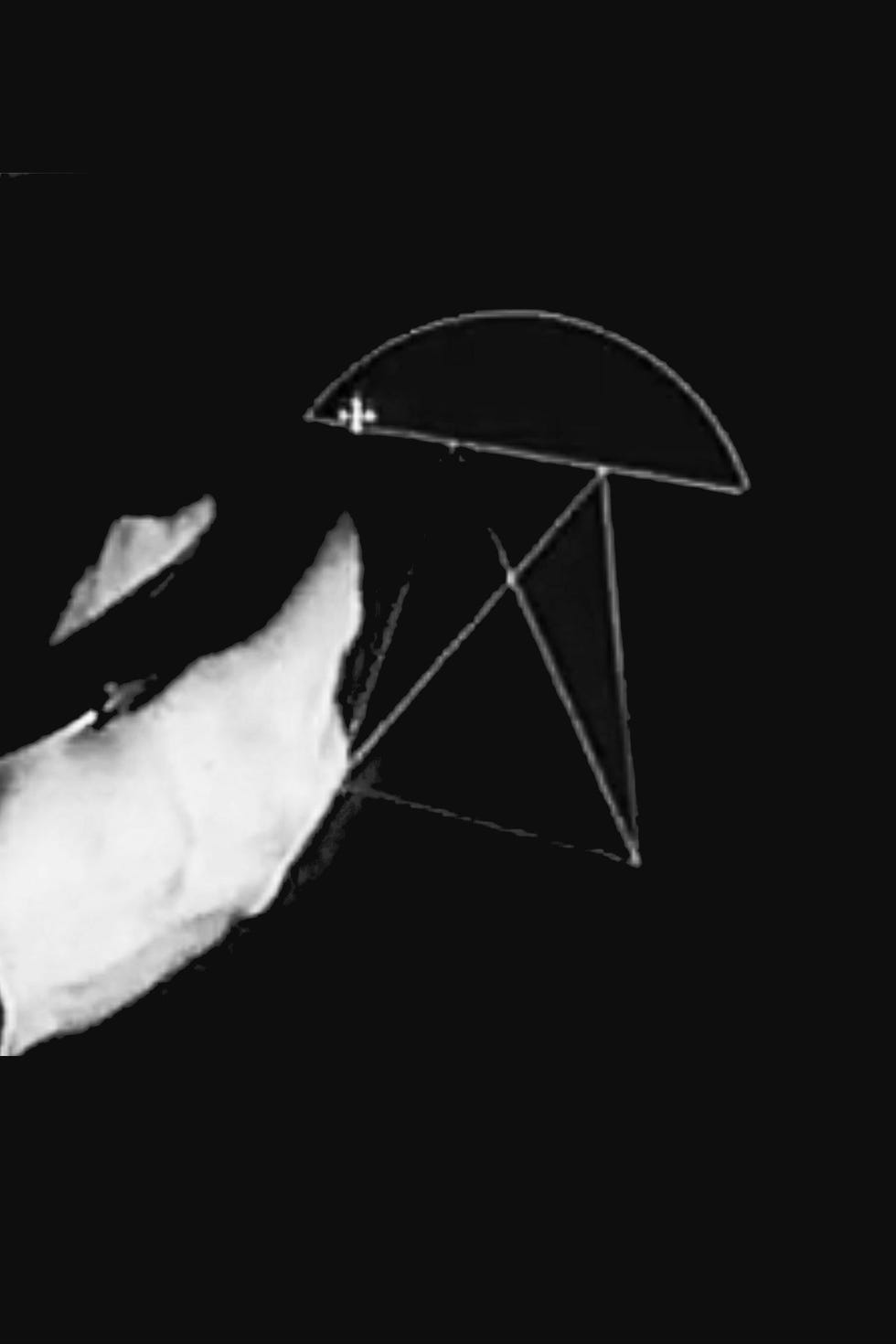 Wikimedia commons
Wikimedia commonsIvan Sutherland—The Father of Computer Graphics—revolutionized 3D computer modeling and simulation when he created the Sketchpad program. As the earliest iteration of a computer-aided design (CAD) program, Sketchpad pioneered the use of geometric constraints (fixing the length of a line or an angle between two segments). It was also one of the first programs to use a graphical user interface, as opposed to a text-based one—if you’re reading this on a computer without knowing a single line of code, you can thank Sutherland and Sketchpad.
PLUS: This Inmate Used Solitary Confinement to Learn Math. Now He's Solving the World's Hardest Equations
1964: Unmanned Aerial Vehicles
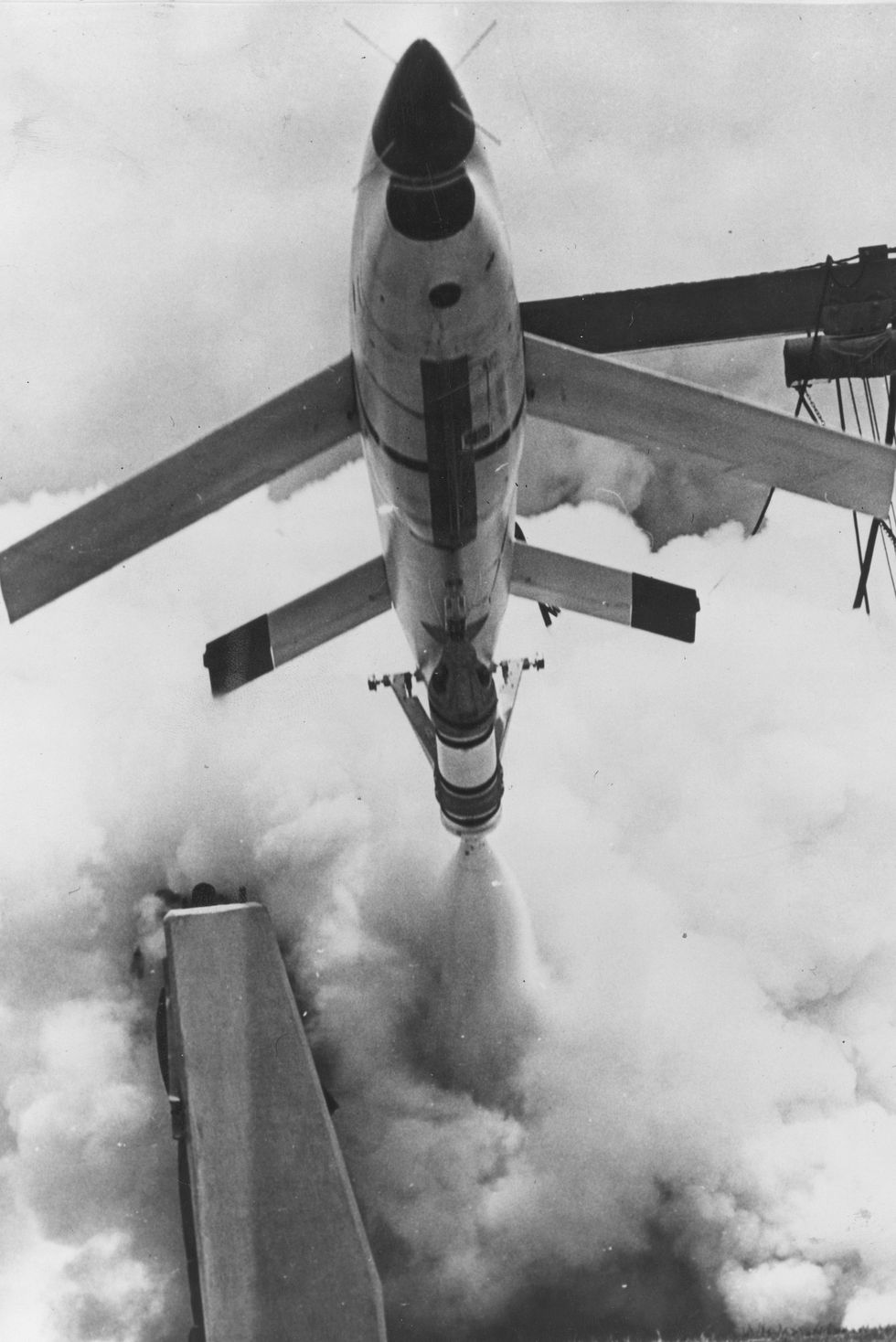 Photoshot//Getty Images
Photoshot//Getty ImagesWidespread use of remotely piloted aircraft begins during the Vietnam War with deployment of 1000 AQM-34 Ryan Firebees. The first model of these 29-foot-long planes was developed in just 90 days in 1962. AQM-34s go on to fly more than 34,000 surveillance missions. Their success leads to the eventual development of the UAVs widely used today.
Honorable Invention: Music Synthesizer
1965: KEVLAR
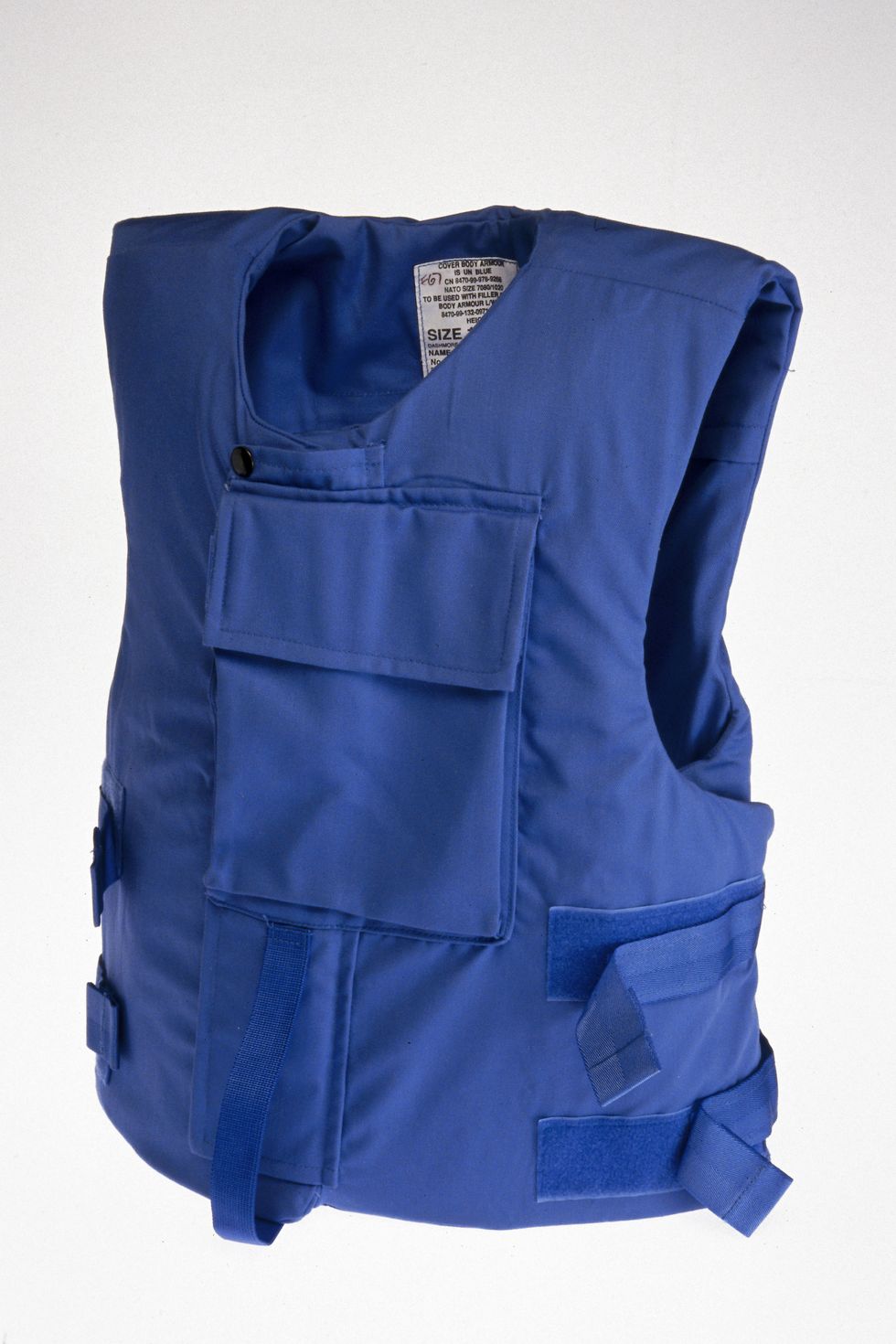 Science & Society Picture Library//Getty Images
Science & Society Picture Library//Getty ImagesThanks to DuPont’s Stephanie Kwolek and Herbert Blades, who in 1965 invent a high-strength polymer called KEVLAR, the body armor of over 3,000 police officers has protected them from fatal attacks.
Advertisement - Continue Reading Below
1966: High-Yield Rice
 Patrick AVENTURIER//Getty Images
Patrick AVENTURIER//Getty ImagesThe International Rice Research Institute in the Philippines releases a semi-dwarf, high-yield Indica variety that, in conjunction with high-yield wheat, ushers in the Green Revolution. Indica rice thrives in tropical regions of Asia and South America, raising worldwide production more than 20 percent by 1970.
1967: Coronary Bypass Surgery
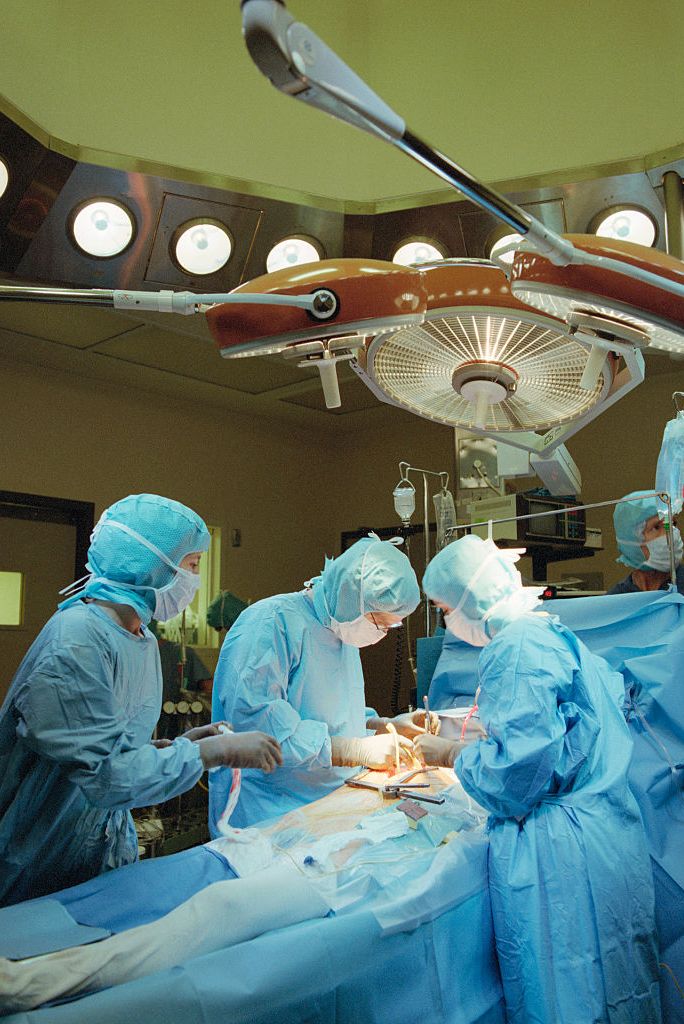 Corbis//Getty Images
Corbis//Getty ImagesRene Favaloro performs the first coronary bypass surgery in 1967, taking a length of vein from a leg and grafting it onto the coronary artery. This allows blood to flow around the blocked section. Thanks in part to these advances, the number of deaths from heart disease declines in the U.S. by almost 50 percent.
1968: Integrated Computer Systems
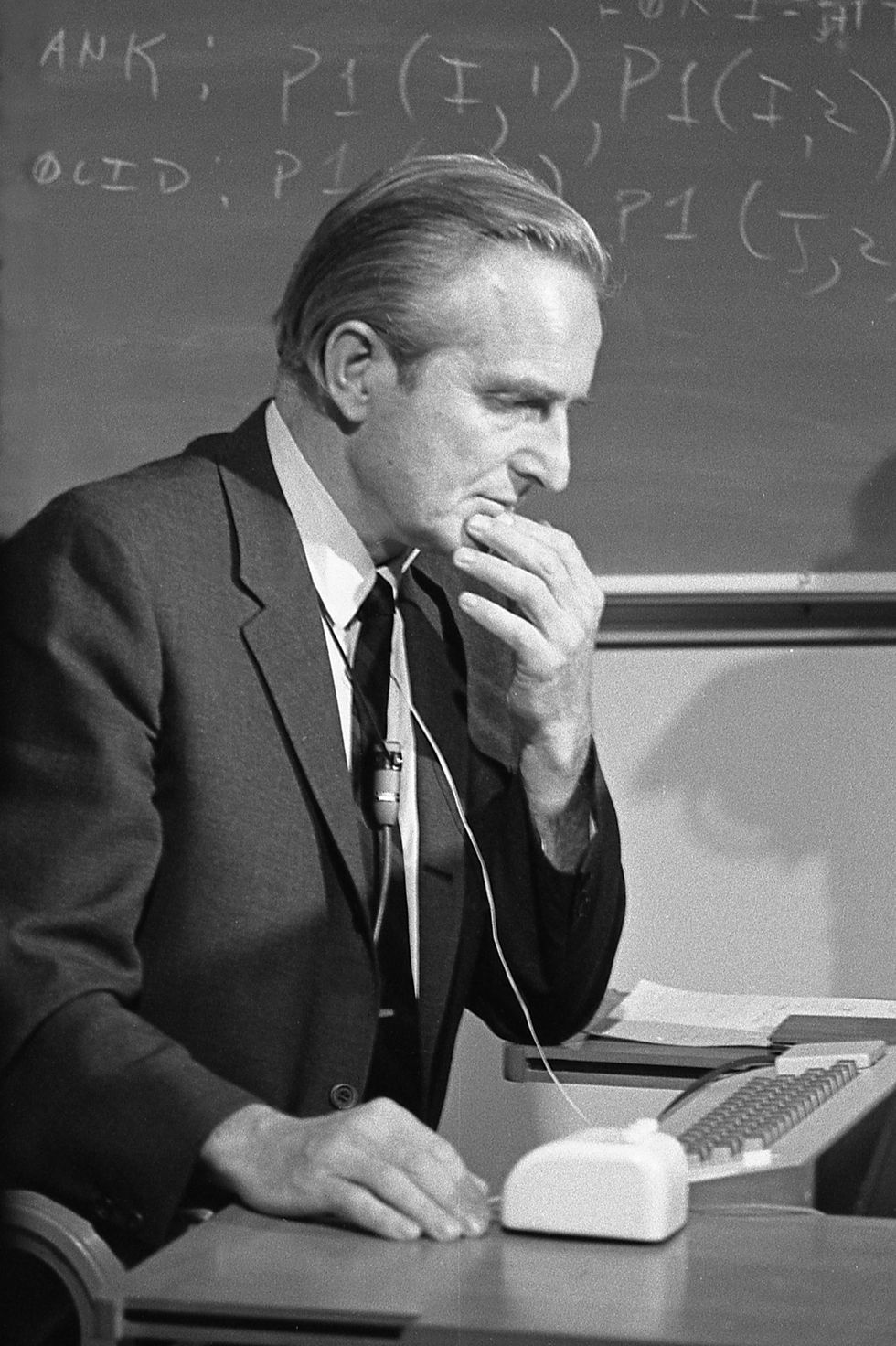 Apic/RETIRED//Getty Images
Apic/RETIRED//Getty ImagesIn a landmark December 1968 demonstration, later known as The Mother of all Demos, engineer Douglas Engelbart illustrates the use of lots of recent technologies in conjunction with each other, including: on-screen windows, hypertext, graphics, file linking, revision control, video conferencing, the computer mouse, and word processing. Both Mac and Windows user interfaces will borrow heavily from the example set here.
PLUS: Can America’s Fastest Supercomputer Defeat Covid for Good?
Advertisement - Continue Reading Below
1969: Arpanet
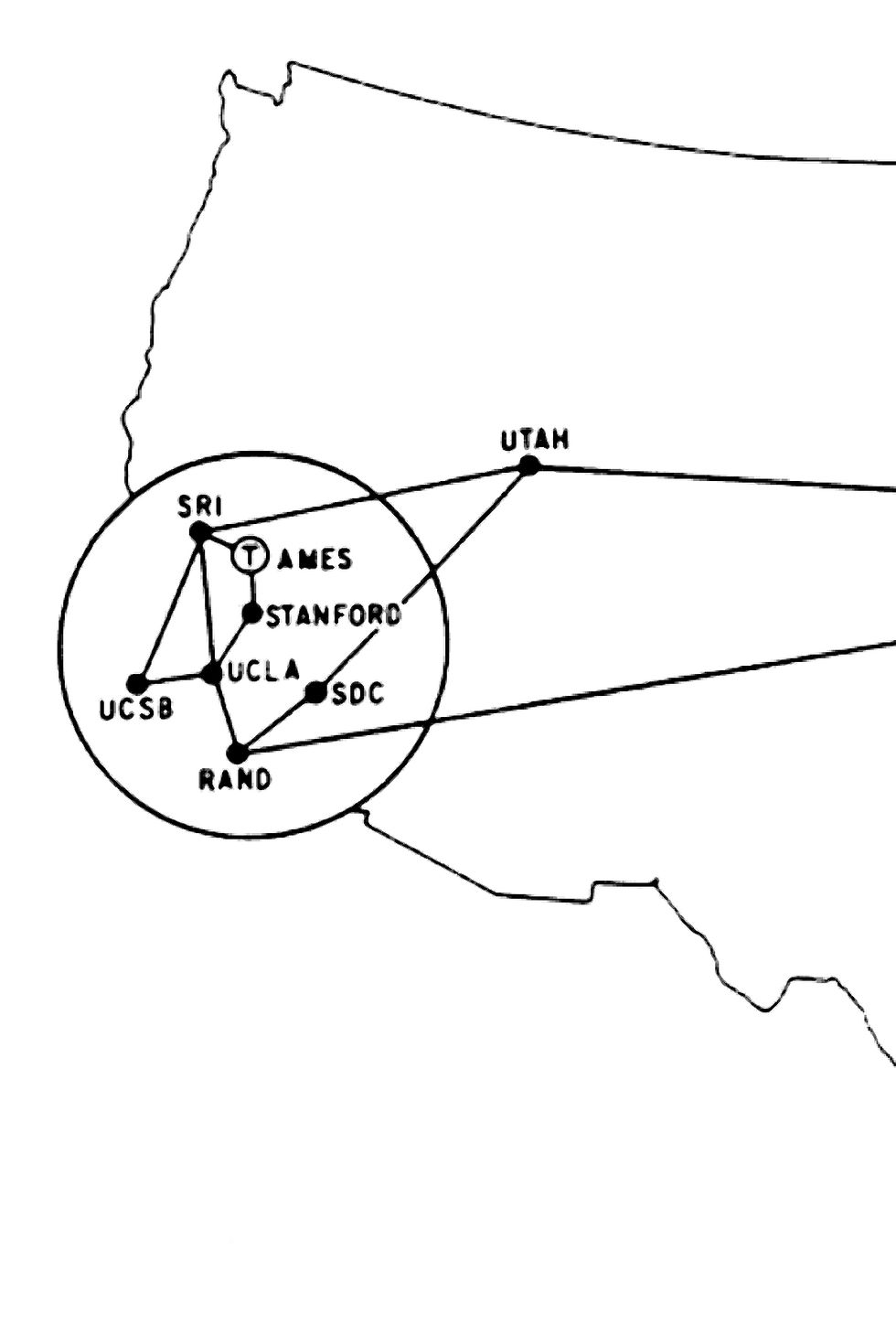 Apic/RETIRED//Getty Images
Apic/RETIRED//Getty ImagesBefore the entire world is networked, there is the Arpanet—four computers linked in 1969. It introduces the concept of “packet switching,” which simultaneously delivers messages as short units and reassembles them at their destination.
Honorable Inventions: Smoke Detector, Charge-Coupled Device, Automated Teller Machine
1970: Fiber Optics
 Pierre VAUTHEY//Getty Images
Pierre VAUTHEY//Getty ImagesThe term “fiber optic” is coined in 1956, but it isn’t until 1970 that scientists at Corning produce a fiber of ultrapure glass that transmits light well enough to be used for telecommunications.
Honorable Invention: Digital Music
1971: Waffle-Sole Running Shoes
 NBC//Getty Images
NBC//Getty ImagesBill Bowerman, the track coach at the University of Oregon, sacrifices breakfast for peak performance when he pours rubber into his waffle iron, forming lightweight soles for his athletes’ running shoes. Three years later, Bowerman’s company, Nike, introduces the Waffle Trainer, which is an instant hit.
Advertisement - Continue Reading Below
1972: Electronic Ignition
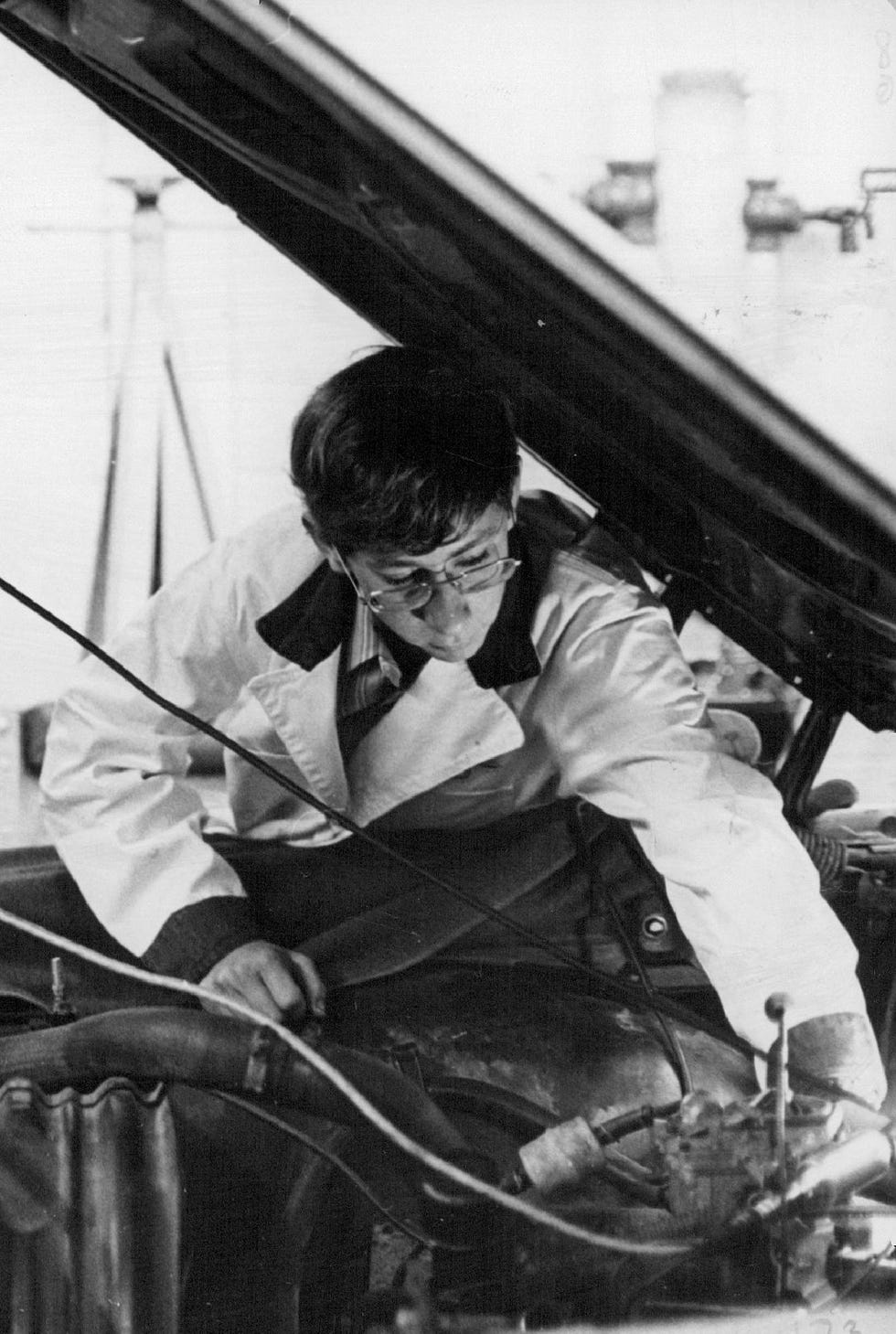 John Preito//Getty Images
John Preito//Getty ImagesChrysler paves the way for the era of electronic—rather than mechanical—advances in automobiles with the electronic ignition. It leads to electronic control of ignition timing and fuel metering, harbingers of more sophisticated systems to come. Today, these include electronic-control-transmission shift points, antilock brakes, traction-control systems, steering, and airbag deployment.
PLUS: The Holy Grail Is Here: A Stable, Solid-State, Lithium-Metal Battery
1973: MRI
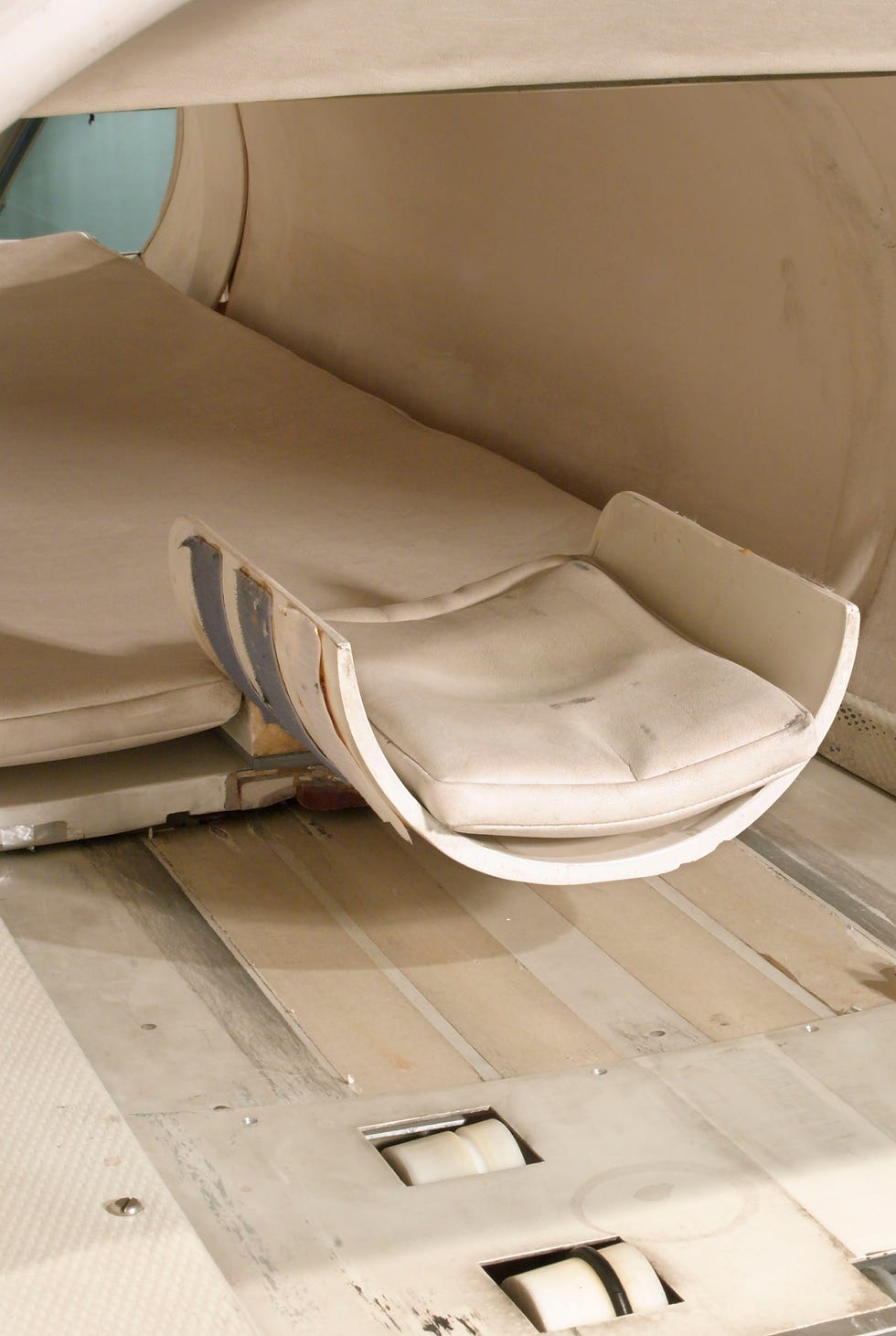 Science & Society Picture Library//Getty Images
Science & Society Picture Library//Getty ImagesEveryone agrees that magnetic resonance imaging (MRI) is a brilliant invention—but no one agrees on who invented it. The physical effect that MRIs rely on—nuclear magnetic resonance—earns various scientists Nobel Prizes for physics in 1944 and 1952. Many believe that Raymond Damadian establishes the machine’s medical merit in 1973, when he first uses magnetic resonance to discern healthy tissue from cancer. Yet, in 2003, the Nobel Prize for medicine goes to Peter Lauterbur and Peter Mansfield for their “seminal discoveries.” The topic of who is the worthiest candidate remains hotly debated.
Advertisement - Continue Reading Below
Advertisement - Continue Reading Below
Advertisement - Continue Reading Below
